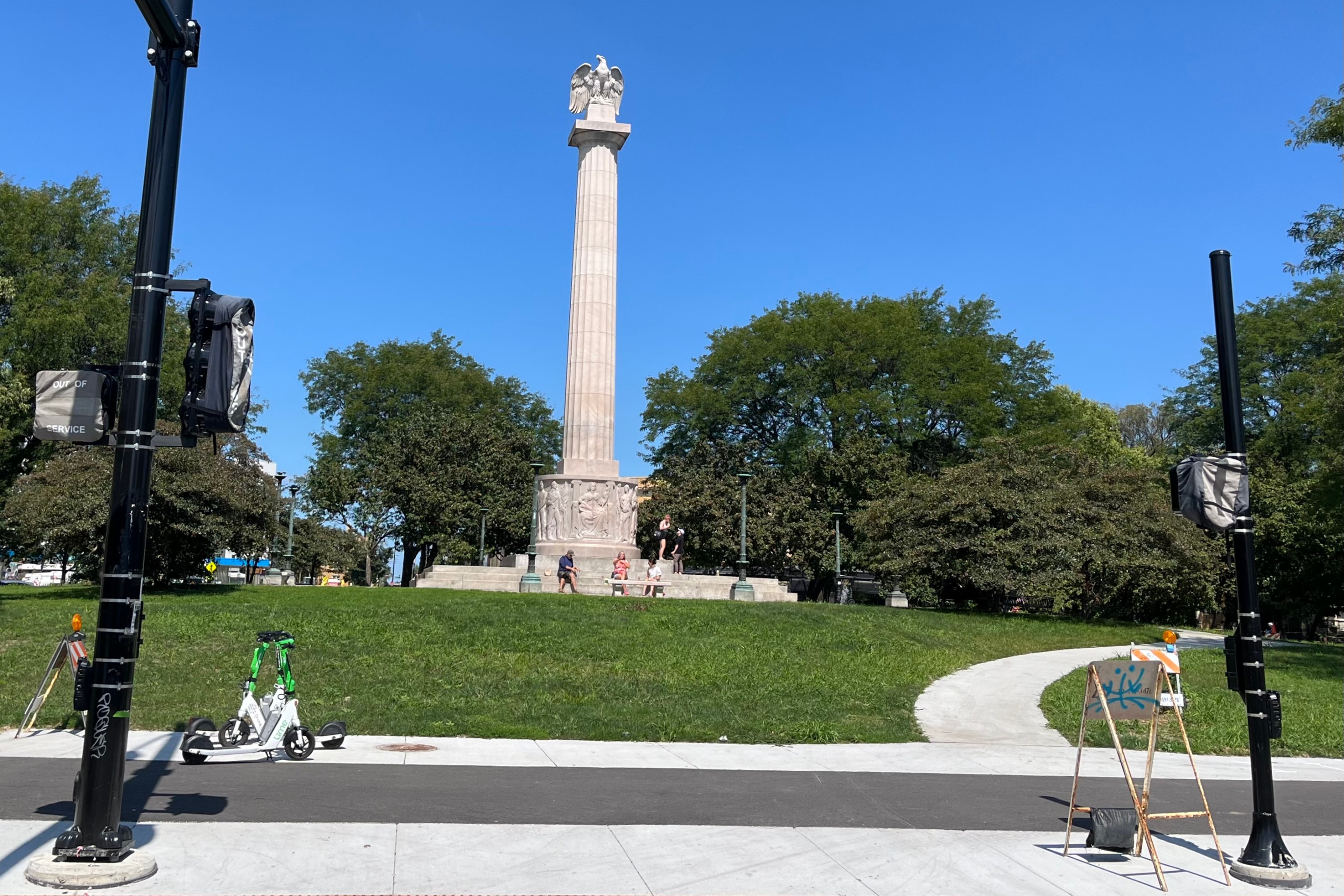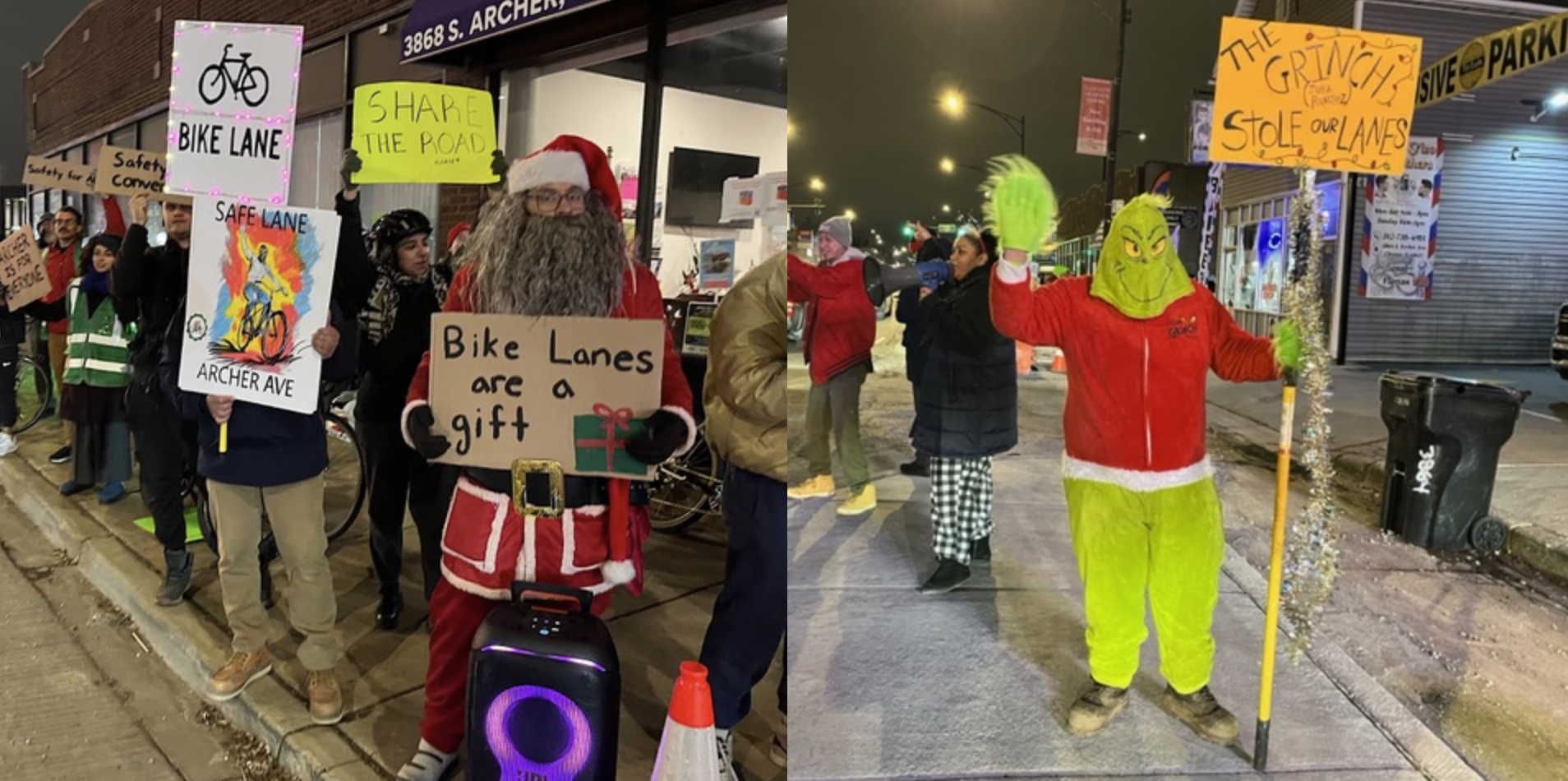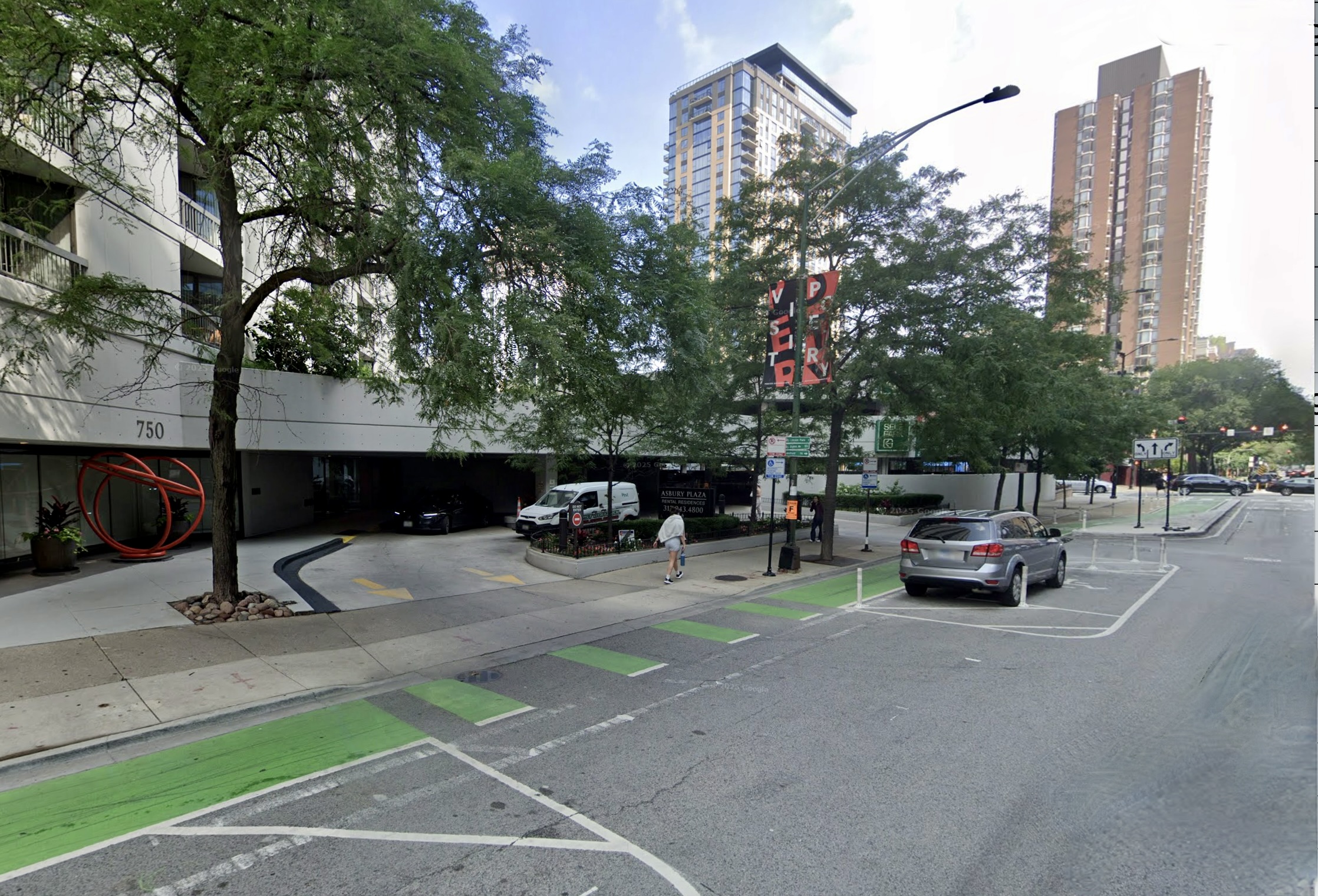
Cross-posted from Brookings’ The Avenue blog. This article is the second in a short series examining new Census data on transportation trends.
Nationally, most commuters are still revving up their cars to get to work every morning, but the picture is more complicated when you look across different age groups.
Based on the latest Census data from the 2013 American Community Survey, changes are underway for younger and older commuters alike, especially in the country’s largest metropolitan areas.* By and large, Millennials and Generation X are leading the charge toward a range of alternate modes, including public transportation and walking, while Baby Boomers continue to use their cars at even higher levels.
Indeed, while 82.4 percent of workers ages 16 to 24 — the youngest working Millennials — commute to work by car, that share has fallen by nearly 1.3 percentage points in large metros since 2007 and nearly 4 percentage points less than they did in 1983.
Young Millennials also represent the commuters who most frequently take public transportation (5.8 percent of them commute that way) and walk to work (6.6 percent). They’re not only ditching the car in traditional multimodal hubs like San Francisco but in several smaller metros as well. For example, Tucson ranked first nationally in its transit growth among these workers, seeing their share rise 5.5 percentage points since 2007. Meanwhile, more young workers are walking in other university-centric metros like Syracuse (+3.6 percent since 2007), New Haven (+2.4), and Austin (+1.7).
Still, driving dips aren’t limited to Millennials; Generation X commuters are shifting away from private vehicles in nearly equal numbers. Overall, workers aged 25 to 54 saw their driving rate fall by 0.9 percentage points between 2007 and 2013. That drop equates to roughly 750,000 drivers — about the total number of commuters in Milwaukee — switching to other modes. That might help explain the stalling amount of miles driven across the country.
In addition, these drops are quite widespread. About two-thirds of the country’s largest metros saw their Generation X cohort drive less than in 2007, including Portland, Oregon (-3.5 percentage points), Honolulu (-3.3), and Philadelphia (-2.9). Still, across most markets, youger workers are beating these prime-age commuters at the mode-shift game. Cleveland, Pittsburgh, and Seattle, for instance, have considerably higher driving rates among Generation X workers relative to Millennials — by nearly 10 percentage points.
Baby Boomers aged 55 and up are the only commuters to consistently drive more since 2007. Harrisburg, Winston-Salem, and Tulsa are among the metros with an ever-rising share of Baby Boomers, each exceeding 90 percent car-commuting in 2013. As the nation’s older population continues to surge in years to come, however, this cohort will face a host of challenges driving and will likely need to consider a greater variety of transportation options.
In many metros, the share of older commuters working at home (6.4 percent) appears to be gaining momentum, exceeding both young workers (2.4) and prime-age workers (4.1). Bridgeport and Denver are among the highest-ranking metros for telework, with more than 10 percent of their older workers telecommuting in 2013, followed by tech hubs such as San Diego, Phoenix, and Raleigh. Just 4 percent of older commuters opted for public transportation and 2.2 percent walked to work during the same year, lower than any other age group and consistent with ongoing trends.
Clearly, while these commuting changes across different age groups are quite revealing, they leave us with more questions than answers moving forward. Will Millennials continue to drive less as they advance their careers and grow their families? For Generation X, will denser development patterns and school improvements in urban cores lead to continued driving declines?
Given the variety of trends emerging nationwide and the need to make targeted investments mounting on state and local governments, metropolitan leaders will have to closely monitor their region’s commuting demands to begin answering these questions in years to come.
* Due to changing metropolitan definitions and limited county-level data, we can only compare 69 of the 100 largest metropolitan areas between 2007 and 2013.
Adie Tomer and Joseph Kane are researchers at the Brookings Metropolitan Policy Program in Washington, DC.




